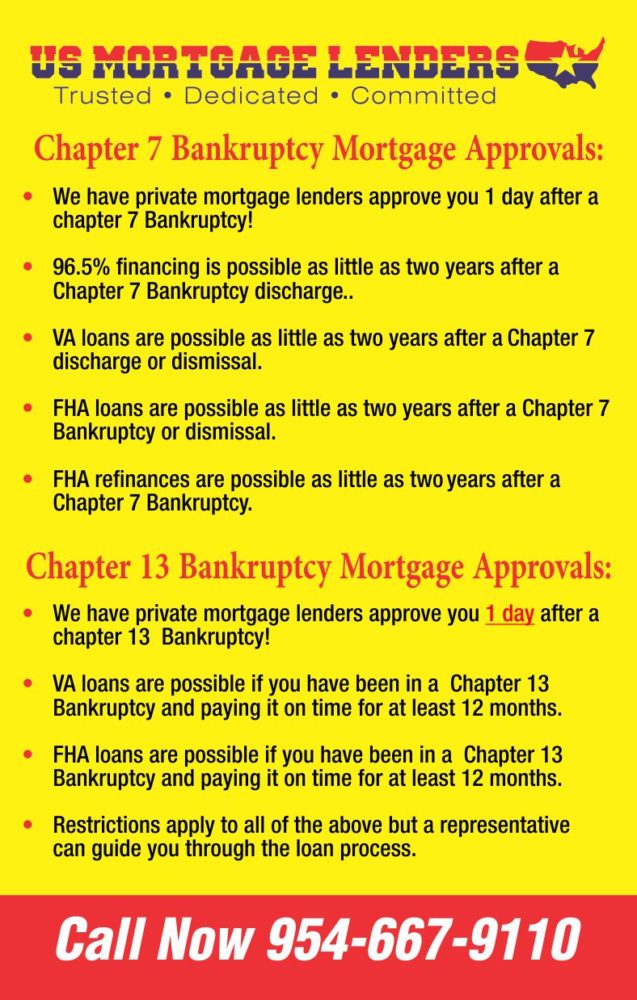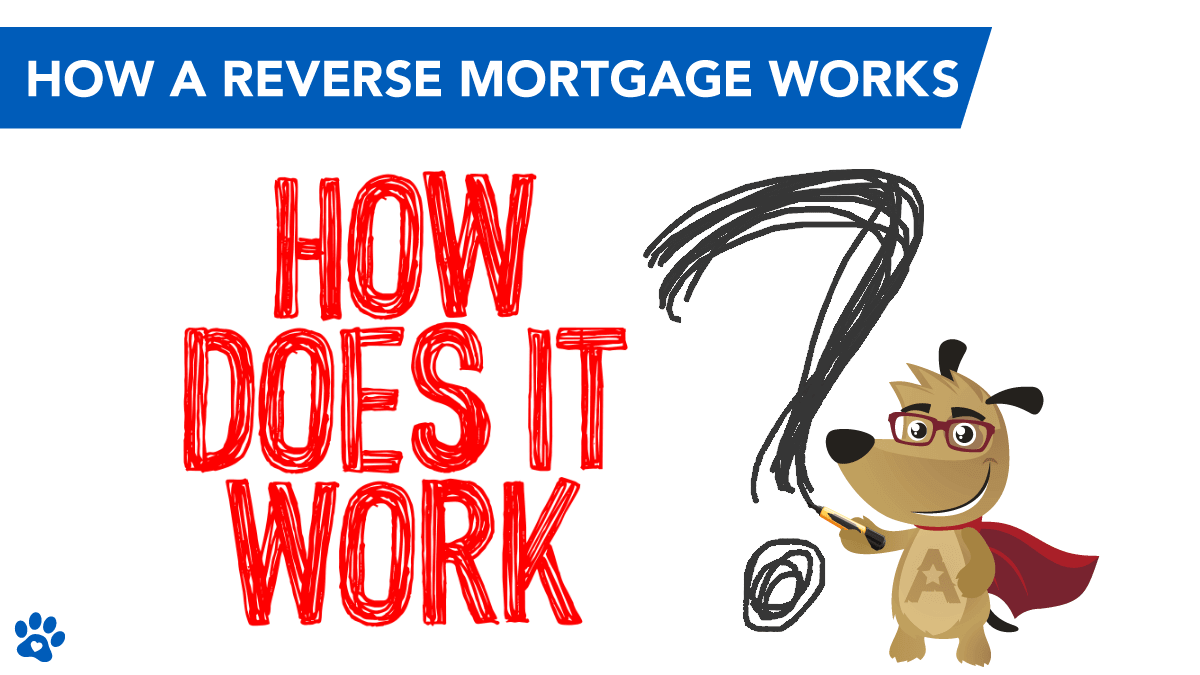In 2007, the U.S. economy got in a home loan crisis that caused panic and monetary chaos around the world. The monetary markets ended up being especially unstable, and the impacts lasted for numerous years (or longer). The subprime home loan crisis was a result of excessive borrowing and flawed monetary modeling, largely based upon the presumption that home rates only increase.
Owning a house is part of the standard "American Dream." The conventional knowledge is that it promotes people taking pride in a home and engaging with a neighborhood for the long term. However houses are costly (at numerous thousands of dollars or more), and many people need to obtain cash to buy a house.
Home mortgage rates of interest were low, enabling consumers to get relatively large loans with a lower regular monthly payment (see how payments are calculated to see how low rates impact payments). In addition, house rates increased dramatically, so purchasing a home appeared like a sure thing. Lenders believed that homes made great security, so they wanted to provide against property and make profits while things were good.
Some Ideas on How To Compare Mortgages Excel With Pmi And Taxes You Should Know
With home rates increasing, house owners found massive wealth in their homes. They had plenty of equity, so why let it sit in your home? Property owners re-financed and took $12nd mortgages to get cash out of their homes' equity - find out how many mortgages are on a property. They spent some of that money sensibly (on enhancements to the property associated to the loan).
Banks used easy access to cash prior to the home loan crisis emerged. Debtors got into high-risk home loans such as option-ARMs, and they got approved for home loans with little or no documentation. Even individuals with bad credit could certify as subprime debtors (what metal is used to pay off mortgages during a reset). Customers were able to borrow more than ever previously, and people with low credit history increasingly certified as subprime borrowers.
In addition to simpler approval, debtors had access to loans that guaranteed short-term benefits (with long-term threats). Option-ARM loans enabled debtors to make little payments on their financial obligation, but the loan quantity might in fact increase if the payments were not enough to cover interest costs. Rate of interest were reasonably low (although not at historic lows), so conventional fixed-rate home mortgages might have been a sensible choice during that period.
Not known Incorrect Statements About What Does Hud Have To With Reverse Mortgages?
As long as the celebration never ended, everything was fine. When home costs fell and borrowers were unable to pay for loans, the fact came out. Where did all of the money for loans originated from? There was a glut of liquidity sloshing around the world which quickly dried up at the height of the mortgage crisis.
Complex investments transformed illiquid property holdings into more money for banks and lenders. Banks generally kept mortgages on their books. If you borrowed cash from Bank A, you 'd make month-to-month payments directly to Bank A, and that bank lost money if you defaulted. Nevertheless, banks often offer loans now, and the loan might be split and offered to various investors.
Since the banks and home loan brokers did not have any skin in the video game (they could just sell the loans prior to they went bad), loan quality deteriorated. There was no accountability or reward to ensure debtors could pay for to pay back loans. Sadly, the chickens came home to roost and the home loan crisis began to intensify in 2007.

The Main Principles Of What Are Cpm Payments With Regards To Fixed Mortgages Rates
Debtors who bought more house than they could pay for eventually stopped making home loan payments. To make matters worse, monthly payments increased on variable-rate mortgages as rates of interest rose. House owners with unaffordable homes faced https://midplains.newschannelnebraska.com/story/43143561/wesley-financial-group-responds-to-legitimacy-accusations challenging options. They might wait for the bank to foreclose, they might renegotiate their loan in a workout program, or they might just stroll away from the house and default.
Some had the ability to bridge the gap, however others were already too far behind and dealing with unaffordable home loan payments that weren't sustainable. Generally, banks might recuperate the quantity they lent at foreclosure. Nevertheless, house worths was up to such a degree that banks increasingly took substantial losses on defaulted loans. State laws and the type of loan determined whether or not lenders could try to gather any deficiency from borrowers.
Banks and investors started losing money. Banks chose to minimize their exposure to run the risk of significantly, and banks hesitated to lend to each other since they didn't understand if they 'd ever make money back. To operate efficiently, banks and organizations need money to flow quickly, so the economy came to a grinding halt.
The Ultimate Guide To What Metal Is Used To Pay Off Mortgages During A Reset
The FDIC increase staff in preparation for hundreds of bank failures brought on by the mortgage crisis, and some essentials of the banking world went under. The basic public saw these prominent organizations stopping working and panic increased. In a historic event, we were advised that money market funds can "break the buck," or move far from their targeted share cost of $1, in turbulent times.

The U.S. economy softened, and greater commodity rates injured customers and businesses. Other complicated financial products started to unwind also. Legislators, customers, bankers, and businesspeople scooted to lower the impacts of the home loan crisis. It set off a dramatic chain of occasions and will continue to unfold for many years to come.
The long lasting impact for most consumers is that it's harder to get approved for a home mortgage than it remained in the early-to-mid 2000s. Lenders are needed to confirm that borrowers have the ability to repay a loan you usually require to show proof of your earnings and assets. The house loan procedure is now more cumbersome, however ideally, the financial system is healthier than in the past.
What States Do I Need To Be Licensed In To Sell Mortgages Things To Know Before You Get This
The subprime home loan crisis of 200710 came from an earlier growth of home mortgage credit, consisting of to customers who previously would have had difficulty getting home mortgages, which both added to and was facilitated by rapidly increasing house prices. Historically, prospective property buyers found it challenging to get home mortgages if they had second-rate credit rating, offered little deposits or sought high-payment loans.
While some high-risk families could obtain small-sized mortgages backed by the Federal Real Estate Administration (FHA), others, facing restricted credit options, rented. Because period, homeownership changed around 65 percent, home mortgage foreclosure rates were low, and home building and house costs mainly showed swings in mortgage interest rates and earnings. In the early and mid-2000s, high-risk mortgages ended up being offered from lending institutions who funded home mortgages by repackaging them into pools that were sold to financiers.
The less Homepage susceptible of these securities were deemed having low danger either due to the fact that they were insured with new monetary instruments or due to the fact that other securities would first take in any losses on the hidden home loans (DiMartino and Duca 2007). This made it possible for more first-time property buyers to acquire home loans (Duca, Muellbauer, and Murphy 2011), and homeownership increased.
Not known Factual Statements About What Lenders Give Mortgages After Bankruptcy
This caused https://metro.newschannelnebraska.com/story/43143561/wesley-financial-group-responds-to-legitimacy-accusations expectations of still more home rate gains, even more increasing housing demand and costs (Case, Shiller, and Thompson 2012). Investors buying PMBS profited at initially since increasing home rates secured them from losses. When high-risk home loan customers might not make loan payments, they either offered their houses at a gain and settled their mortgages, or obtained more against greater market rates.